Women in the Diaconate: What Are the Issues?
Understanding the role of the deaconess in the early Church
Sister Sara Butler 3
Pope Francis repeatedly has declared that the Church does not have the authority to ordain women to the priesthood. He regards the teaching of Pope St. John Paul II in his 1994 apostolic letter Ordinatio Sacerdotalis as final. Many Catholics believe, however, that the possible access of women to the permanent diaconate constitutes a separate case. They point out that women served the Church as deaconesses in the past. Bishops commissioned them in rites that closely paralleled rites for the ordination of deacons. Because it was possible once, and because the diaconate has been restored as a “permanent and proper rank of the hierarchy” — distinct from the ministerial priesthood — it is asked, “What is to prevent women from receiving the Sacrament of Holy Orders as deacons?”
Two years ago Pope Francis asked the Congregation for the Doctrine of the Faith to establish a study commission on women in the diaconate. He did this not on his own initiative but in response to a request from an international conference of superiors of women religious. Now, it is well-known that the pope is intensely critical of clericalism and careerism in the Church. In fact, he reproached the media for reporting that he intended to open the diaconate to women. Nevertheless, he acknowledged the value of addressing and settling this question.
The Study Commission’s Task
Pope Francis appointed 12 scholars — six men and six women, including Phyllis Zagano, a prominent advocate of women deacons — to the commission. In a recent interview, Cardinal Luis Ladaria, prefect of the Congregation for the Doctrine of the Faith and president of the commission, explained that its “primary objective” is to settle the scholarly debate over what role women deacons or deaconesses fulfilled in the first centuries of Christianity.
The question concerning the role of a deaconess, as compared with a deacon, was raised by a Vatican-approved research document on the development of the diaconate published by the International Theological Commission (ITC) in 2003. According to the ITC, “The deaconesses mentioned in the tradition of the ancient Church — as evidenced by the rite of institution and the functions they exercised — were not purely and simply equivalent to the deacons.” In short, deaconesses were not deacons. One can assume that the study commission currently is re-evaluating the evidence for this conclusion and conducting a scholarly debate on its implications. Here, in broad strokes, are some of the issues.
The Rites of Institution
There is historical evidence that during the first Christian centuries bishops in the Eastern Church enlisted deaconesses for the service of women, and publicly commissioned them in a ritual “laying on of hands” with invocation of the Holy Spirit that closely paralleled the rite for ordaining deacons. In both cases the bishop was the minister and the candidates were stationed in the sanctuary. The rites took place during the Divine Liturgy; men and women were greeted by the same prayer. The bishop imposed hands and called the Holy Spirit down on them in two distinct prayers, and he invested both deacons and deaconesses with the orarion (stole), the symbol of authority. They received holy Communion under both species at the altar.
…………………………………………………………………………………………………………………………………………………………..
Previous Study
In 2003, the Vatican released a research document prepared by the International Theological Commission, a body that advises the Congregation for the Doctrine of the Faith. The document, Le Diaconat: Evolution et Perspectives, has been published in English with the title “From the Diakonia of Christ to the Diakonia of the Apostles.” It examines the theology of the diaconate as a whole, but includes sections on the participation of women. With reference to this question it identifies these “two important indications”:
1. The deaconesses mentioned in the tradition of the ancient Church —as evidenced by the rite of institution and the functions they exercised — were not purely and simply equivalent to the deacons.
2. The unity of the Sacrament of Holy Orders, in the clear distinction between the ministries of the bishop and the priests on the one hand and the diaconal ministry on the other, is strongly underlined by ecclesial tradition, especially in the teaching of the magisterium.
……………………………………………………………………………………………………………………………………………………………
However, there also were some differences in the rites. The deaconess was not vested in a tunic like the deacon, and her stole was arranged differently; she did not receive the ceremonial fan or the kiss of peace, and she did not administer the chalice to the faithful but replaced it on the altar. Perhaps most interesting, the typologies in the prayers and treatises on the diaconate differ according to the sex of the candidate: masculine models for the deacon and feminine models for the deaconesses. While the deacon was said to be the “icon” of Christ, the deaconess was compared to the Virgin Mary and to women saints of the Old and New Testaments. The consistent appeal to female “icons” of ministry seems to tell in favor of an order of women, established by the Church to meet a pastoral need, which is different from, and complementary to, the order of deacons.
The Functions
The ministry of the deaconess also paralleled that of the deacon, though her service was restricted to women. The deaconess attended to women in the baptismal pool “for the sake of decency,” at a time when adult baptism included a full-body anointing, and she instructed women neophytes. Among her other functions, she supervised women and children in church, visited women at home or in prison, took holy Communion to sick and pregnant women and accompanied women who needed to consult the bishop. Deaconesses who headed up women’s monastic communities were authorized to read the Gospel and distribute holy Communion to the members of their community in the absence of a priest or deacon. In sum, deaconesses made the pastoral care and sacraments of the Church available to women where decency or necessity required it. Unlike deacons, they had no ministry at the altar during the Divine Liturgy, and they did not have charge of the Church’s overall charities and finances.
The Unity of Holy Orders
If the deaconess was not ordained at the same time and with the same rite as the deacon, and if she had significantly different ministerial responsibilities and was prohibited from exercising the service at the Divine Liturgy, which was central to the deacon’s identity, did she belong to the same order or to a different one, like one of the minor orders? If the role models for her ecclesial ministry were female rather than male, was the office she received a grade or degree of the Sacrament of Holy Orders or another ecclesiastical office? The study commission is charged with evaluating the historical evidence in light of the best contemporary research in order to determine to what degree the office of deaconess in the early Church corresponded to that of deacon. That seems to be the key question.

In addition to these historical questions, there also are theological questions that require a theological solution. The evidence needs to be read in the light of faith — that is, within the Tradition of the Church and with attention to the interventions of the magisterium (for example, dogmatic decisions of ecumenical councils and popes). As the ITC points out, the unity of the Sacrament of Holy Orders is “strongly underlined” by the Church’s Tradition, the teaching of Vatican II and the post-conciliar magisterium. Still, the Second Vatican Council taught that deacons are ordained “not to the priesthood but to the ministry,” and it restored the diaconate as “a proper and permanent rank of the hierarchy.” Despite this clear distinction between the ministries of the bishop and priest and the ministry of the deacon, holy orders is a single sacrament. According to some scholars, the distinction allows for the ordination of women as permanent deacons. According to others, the unity of the sacrament requires reserving the permanent diaconate to men.
Arguments for Admitting Women
Scholars who think the Church could confer holy orders in the diaconal grade on women assume that deaconesses in the early Church were sacramentally ordained to the female branch of the order of deacons. In their view, the sharp distinction the council acknowledged between the sacerdotium of bishops and priests and the ministerium of deacons allows for this: The priesthood is reserved to men, but the ministry need not be. Deacons of both sexes would be configured to Christ the Servant in his radical solidarity with humankind. They point to the historical evidence that deaconesses served in many places and over a long period of time, and that they were often counted among the clergy. Their service was supported, not prohibited, on the basis of fidelity to Christ’s will and example and to apostolic practice, and they were incorporated into the service of the bishop, so this case cannot be compared to that of women’s access to the priesthood. In addition, most scholars insist that because the diaconate was restored as a permanent office, they are not advocating women’s access to the priesthood.
Arguments against Admitting Women
Other scholars think that the unity of holy orders requires the reservation of the diaconate to men. Prior to the Second Vatican Council, the sacramentality of the diaconate did not receive much attention; it generally was treated within the theology of the priesthood. When the council retrieved the doctrine of holy orders as a sacrament with three grades (or degrees), possessed in its fullness by the bishop and as a ministry by the deacon, theologians had to clarify the sacramentality of all three grades and also defend the unity of the sacrament.
| Gender Symbolism |
|---|
|
The types (or icons) for the
deacon are Jesus Christ, St. Stephen and the Levites of the Old Testament. The types for the deaconess are Mary the Theotókos, Phoebe and saintly biblical women: Miriam, Deborah, Huldah, Judith, Elizabeth, Anna, Mary Magdalene, Mary the daughter of James and mother of Joseph, the mother of the sons of Zebedee, and the daughters of Philip. The deaconess is never said to be an icon of Christ.
|
The sacraments are “efficacious signs, instituted by Christ and entrusted to the Church, by which divine life is dispensed to us” (Catechism of the Catholic Church, No. 1131). The diaconate fulfills this definition. It belongs to the “divinely established ecclesiastical ministry” (Lumen Gentium, No. 28).
By its means deacons are “strengthened by sacramental grace” for the effective exercise of their ministry (Lumen Gentium, No. 29; see Ad Gentes, No. 16). According to the post-conciliar magisterium, holy orders as an “efficacious sign” confers on the deacon an indelible spiritual character, configuring him to Christ the Servant; he is “a sign or sacrament of the Lord Christ himself.”
This teaching expresses the Church’s faith and practice from the apostolic era. Early rites, Church orders and theological treatises attest that the deacon, along with the presbyter and the bishop, belongs to the apostolic ministry. The diaconate consistently has been recognized as a grade of holy orders even when its functions were only liturgical and sacramental. Today the Church teaches that the office of the deacon, as a sacramental reality, is rooted in holy orders, not baptism. The deacon belongs to the hierarchical priesthood, not only the common priesthood (see Lumen Gentium, No. 10).
The debate over women’s possible ordination to the priesthood has called attention to the sex of the recipient or “subject” of the Sacrament of Holy Orders. Being a baptized man is a condition for the valid reception of holy orders (Canon 1024), because the subject of the sacrament enters into the sacramental sign. In the case of the priest, the sacramental character that configures him to Christ and accounts for his capacity to exercise the sacred powers of his ministry is invisible. The person of the priest, however, is a visible sign, an icon of Christ the Head and Shepherd in his relationship to the Church. Does not the same logic apply to all three degrees of holy orders? Do not the gendered types found in the testimonies of the early Church suggest that the deacon alone was sacramentally ordained?
The unity of the Sacrament of Holy Orders seems to require a single sacramental sign. The iconic argument has been used to shed light on the fittingness of the Lord’s choice of men alone for the apostolic ministry of bishop and priest; they are ordained by the Church to represent Christ, who was and remains a man, in his relationship to the Church. Given the unity of the Sacrament of Holy Orders, is it not fitting to reserve the diaconate, including the permanent diaconate, to men as well?
SISTER SARA BUTLER, MSBT, STL, Ph.D., is professor emerita of dogmatic theology at the University of St. Mary of the Lake Mundelein, Illinois, and past president of the Academy of Catholic Theology.

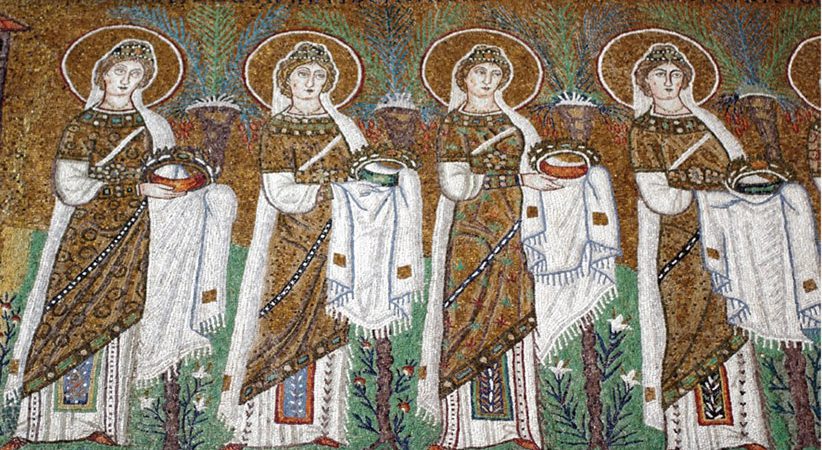
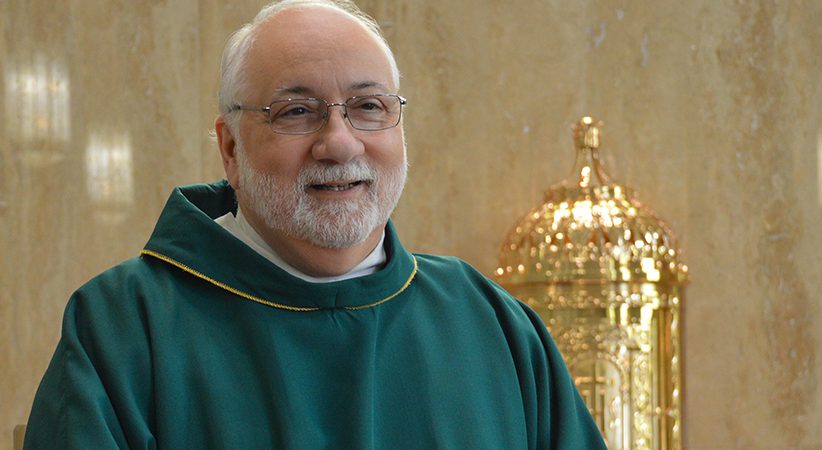
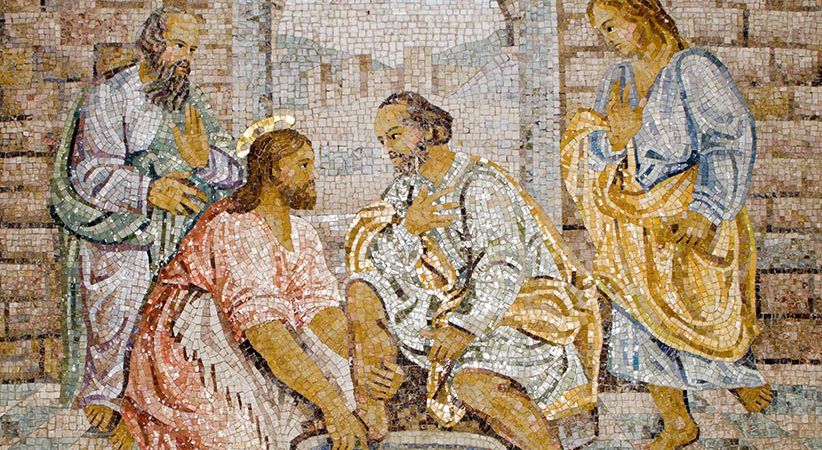
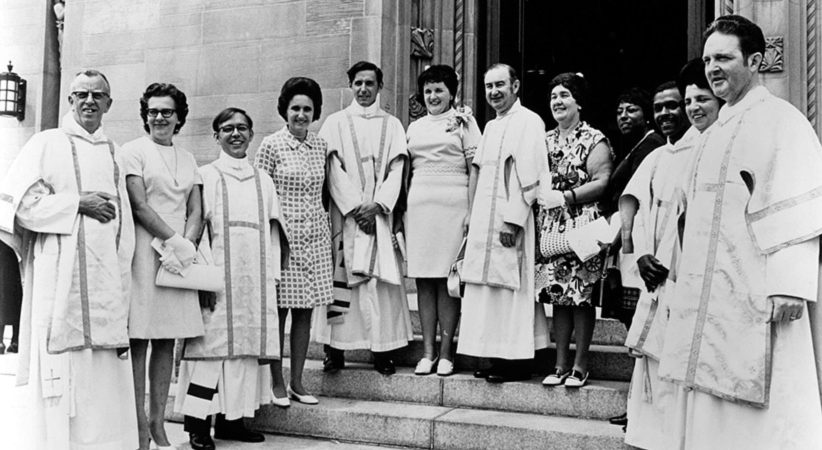
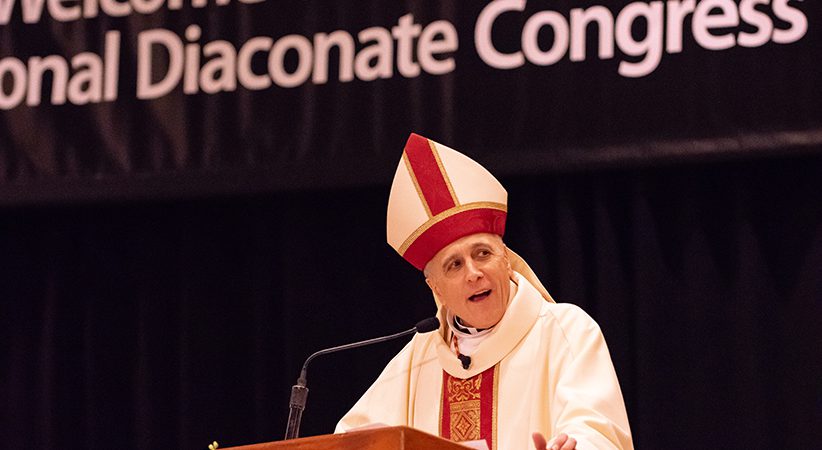
Comments are closed.